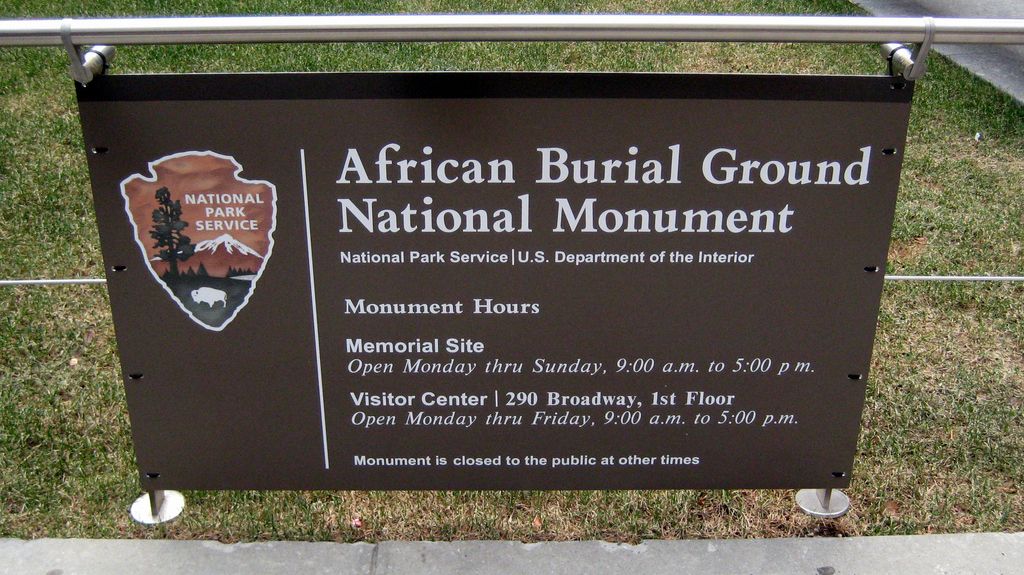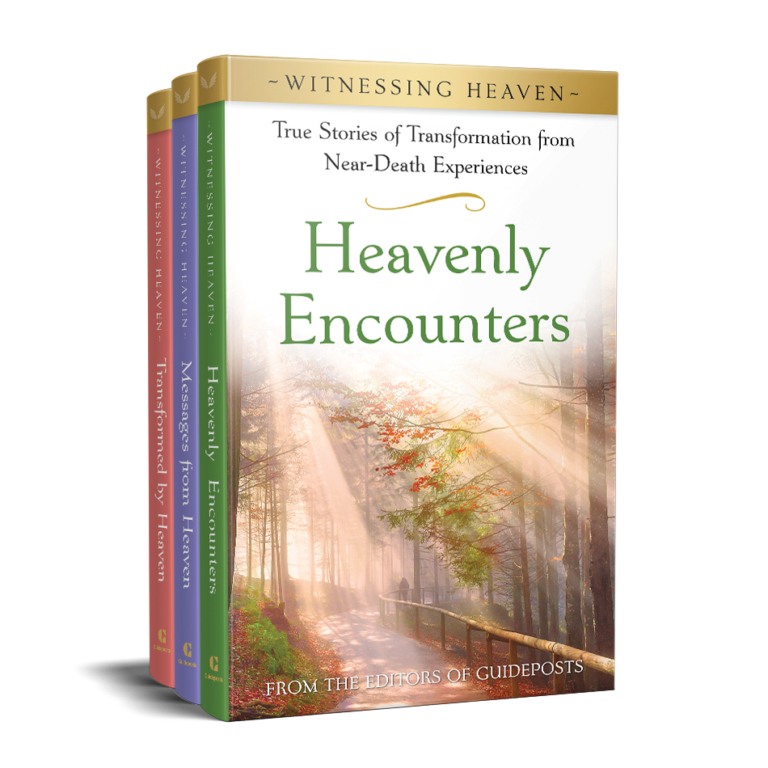I felt a cloud of dread hanging over me as I awoke one morning to the sound of one of my three roommates dancing around in the kitchen of my apartment on Maiden Lane. I knew that moving to downtown New York City for graduate school would be a big adjustment; I had a novel in my heart that I wanted to write full-time, and going back to school seemed the best way to get it done. But living with 19 and 20-year-olds and sleeping on a bunk bed at my age seemed ridiculous.
Why did I come here? I thought, as I dragged myself out of my lower bunk and got dressed to head to the library for a day of writing. I’d been living happily in my own apartment in Washington, D.C., just 30 minutes away from my family and a metro ride away from my close friends. I had a cushy job that I was proud of too. And a queen size bed! Couldn’t I have written my novel right there in my comfort zone?
After all, I was writing an alternative history novel about the real-life rebellions of enslaved Africans in 1790s Virginia. I’d based the plantation in my story on George Washington’s Mount Vernon, and even had an annual pass to visit and do research there as often as I wanted. What was the point of going to grad school in New York, a place where I had no friends, family or history to speak of?
Defeated, I laced up my shoes, slung my laptop case over my shoulder, waved a quiet goodbye to one of my roommates, and headed out the door. As I often do when I’m feeling down, I called my mom to lament as I walked my usual path down Maiden Lane and up Broadway toward the library.
“I shouldn’t have come here. Why did I come here?” I asked and she tried to reassure me. “You’re at a great school, you’re going to hone your craft! That’s what’s important,” she said. I let out a long, dramatic sigh, lifting my head up to the sky in response. That’s when a building I’d never seen before caught my eye.
“African Burial Ground?” I read the signage on 290 Broadway out loud. My mom was just as confused as I was. What was a national monument to Africans doing in downtown New York City? I rushed off the phone and into the museum to find out.
The two-room museum didn’t look like much, but I eagerly shuffled into the theater to watch the introductory film. Taking notes, I couldn’t believe that I’d forgotten the enslavement of Africans in America largely began in New York in 1626. Nearly half of the population of New York City enslaved Africans in their homes. Before it abolished slavery 200 years later in 1827, New York was the largest state in which slavery was legal.
But what I didn’t know was that the famous street I walked up and down every day covered the burial ground of enslaved Africans. Discovered in 1991 during an excavation for a new federal building, these buried bones became a site of controversy as African Americans across the city protested to end the construction of the federal building. A compromise of sorts was made when the Burial Ground museum and memorial to house some of the discovered bones was proposed.
After the film, I walked around the exhibition floor, studying photos of the excavated bones and the contents of the graves: dolls, cowrie shells and other sentimental items. I began to feel a bit lighter, more encouraged, as I read what sociologists and archaeologists had pieced together about the enslaved people who were buried just below where I was standing. There was a connection–for my novel and for me–in New York, after all. I felt like those ancestors were walking with me, giving me a new strength and a new purpose to tell their stories.
The last fact I read that day about slavery in New York nearly knocked me over. The first rebellion of enslaved people in America took place in New York City, right near my apartment: at the intersection of Broadway and Maiden Lane.
Brooke Obie is the author of the award-winning debut novel Book of Addis: Cradled Embers.






